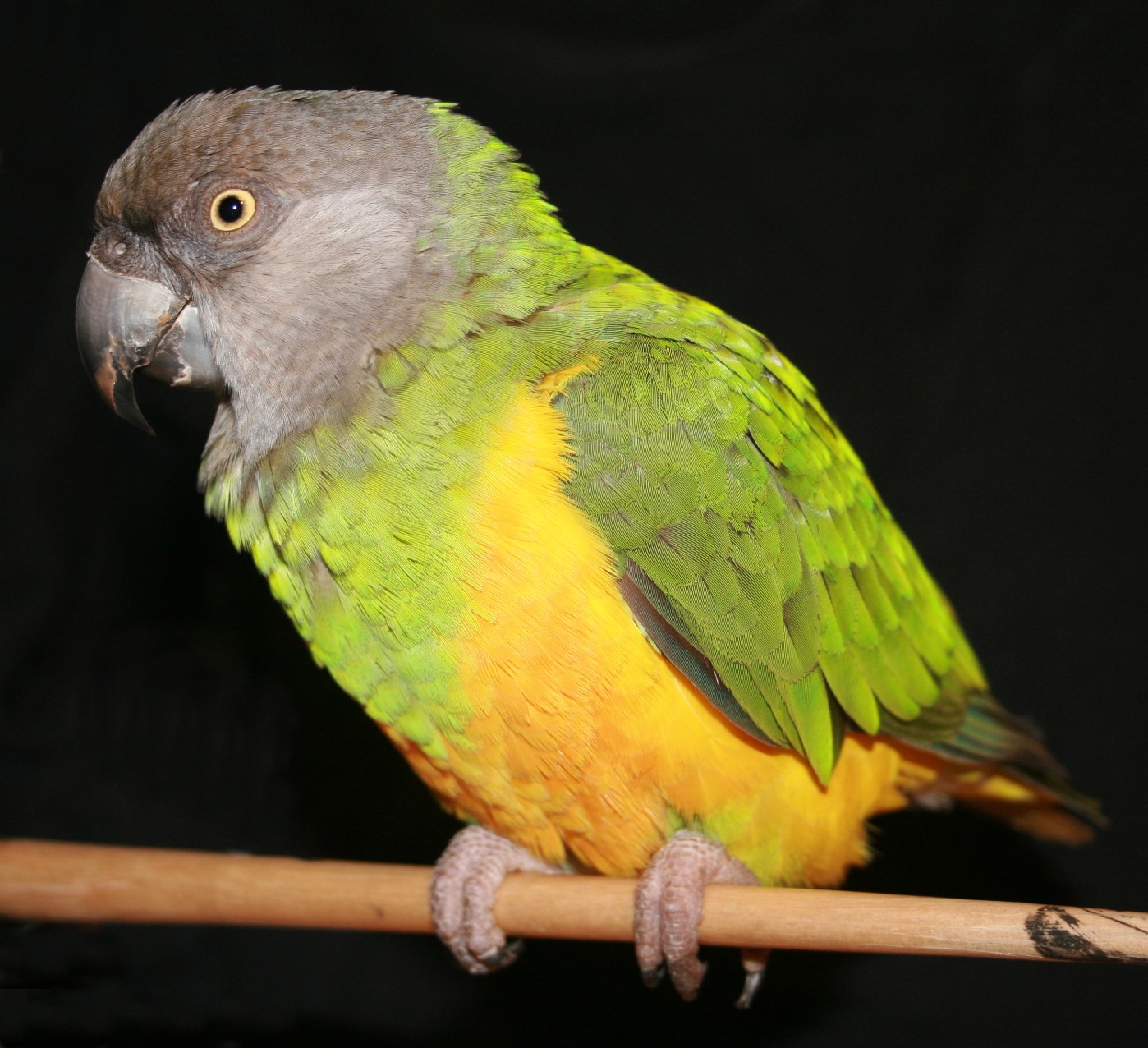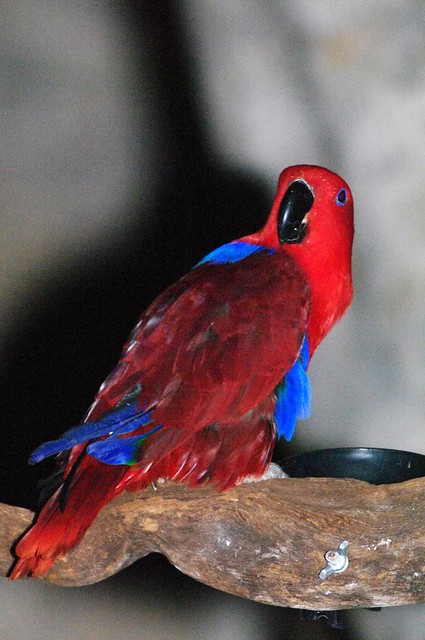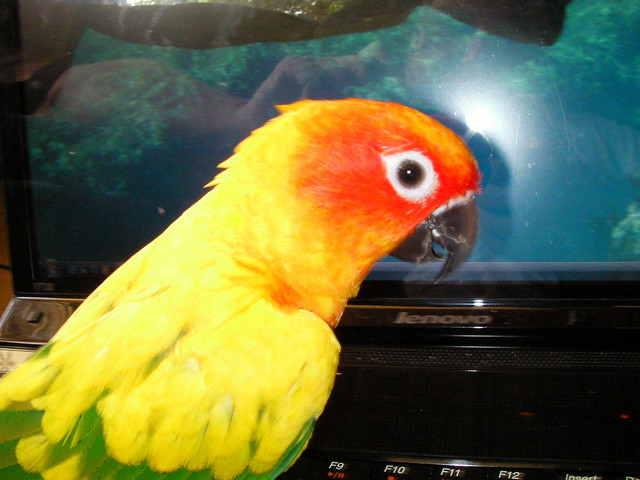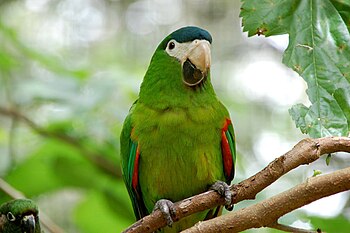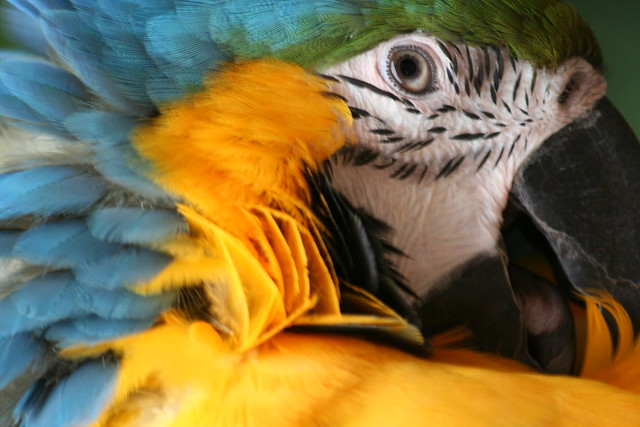 |
| A juvenile Senegal Parrot. (Photo credit: Wikipedia) |
The most important thing in raising a parrot is their nutrition. Most people are led to believe that a diet of just seeds is adequate for these birds, but it is not. In wild Senegal's will eat different foods such as fruits, vegetables, and nuts. I feed a variety of foods to keep my Senegal parrot healthy. His main diet consists of commercially made parrot pellets. There are a few different brands of pellets out there is different shapes, colors, and flavors. Some parrots will take to one kind and not another.
Check out this website Caring for a Senegal Parrot for a list of companies that sell parrot pellets to get free samples. Care must be taken when switching over from a regular diet to pellets. You should only change their diet by about 10% each week.
I supplement my Senegal parrot's pelleted diet with fresh fruits and vegetables. Avacodos and chocolate are POISONOUS to parrots and should never be fed. Sunni's favorites foods are grapes and apples. It is very interesting watching a parrot eat a grape. Sunni "unzips" it with his beak, sucks out the inside, and drops the skin. This also keeps him pretty busy. Parrots like to "forage" for their food so it is recommended that you put bowls in various positions in the cage.
Senegal parrots are drawn to colorful foods and also like things in different shapes and sizes, so experiment!! You can cut up carrots into sticks or squares. Some birds will only eat cooked or steamed veggies and some like them fresh. I like to stick some broccoli in his cage bars and make it look like a tree. Sunni has a blast picking through it!
Noodles and grains are also good for parrots. I do give him meat every once in a while and he eats that heartily! I feed cornbread, wheat bread, whole wheat or white noodles, and white or brown rice. An easy way to get a parrot to eat some veggies is to puree them in a blender and use the liquid with a little water to make a batch of cornbread according to the box directions. I cut these in little "bars" and freeze half for easy thawing.
Seeds and nuts are an important part of a parrots diet but should be given in moderation as treats since they are high in fat. They love sunflower seeds! I also give some spray millet as a treat. I have also purchased some treat dispensers for birds where they have to work a treat through a maze before they can eat it. It is very important for parrots to stay busy and not get bored as they tend to develop bad habits such as feather picking.
|

